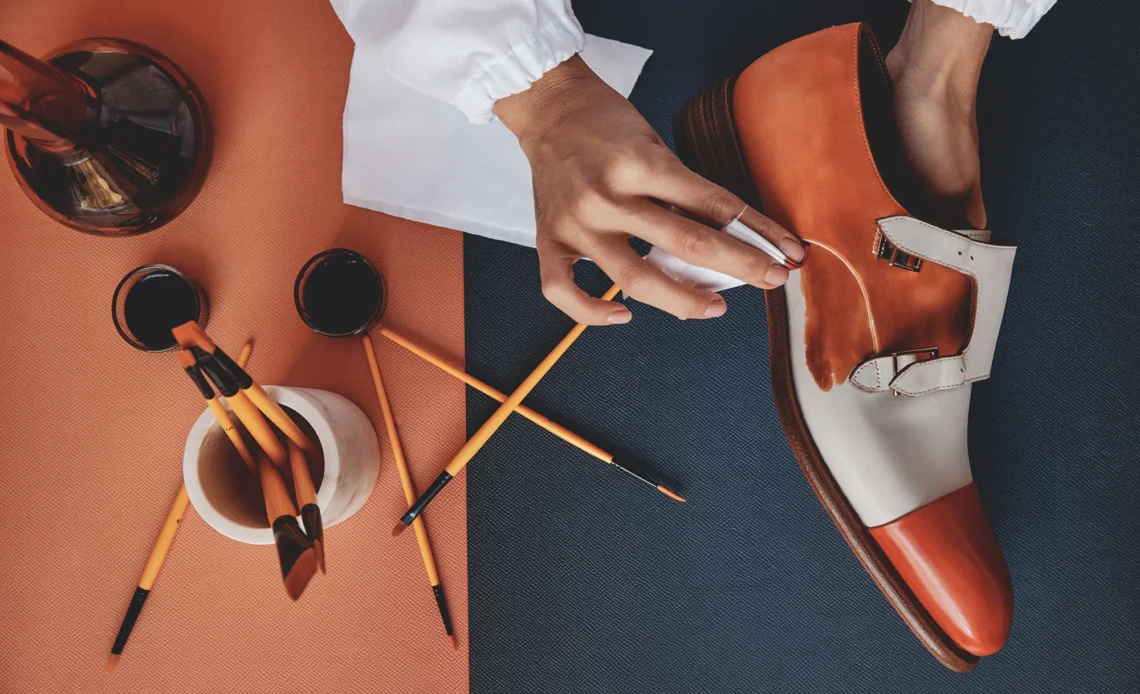If you’ve recently browsed luxury goods, you’ve probably done a double-take at the prices. A classic Chanel flap bag that once retailed for $5,000 may now cost over $10,000. Rolex watches routinely trade above retail. Even a “simple” designer T-shirt might come with a three-digit price tag. This surge in cost has left many consumers wondering: Why luxury brands are so expensive now?
The answer lies not only in the global economy but also in the stories brands tell—and the emotions they sell. From elite craftsmanship to strategic scarcity, here’s how the world’s top fashion houses explain their premium pricing.
The Numbers Don’t Lie: Luxury Prices Are Climbing
It’s not your imagination. Luxury brands have raised their prices dramatically over the past few years. Chanel implemented multiple price hikes between 2020 and 2023, pushing some of its flagship handbags beyond the $10,000 mark. Louis Vuitton and Hermès followed similar paths, raising costs across their leather goods and accessories lines.
Why luxury brands are so expensive today is partly tied to inflation, currency fluctuations, and supply chain challenges. But those factors don’t tell the whole story.
What the Brands Say: Justifying the Price Tag
Craftsmanship and Heritage
At the top of every luxury brand’s reasoning for why luxury brands are so expensive is a claim of exceptional craftsmanship. Items are marketed as being handcrafted by skilled artisans using rare materials and time-honored techniques. Hermès, for example, emphasizes that each Birkin bag is made by a single artisan who trains for years before producing their first piece.
This emphasis on heritage and meticulous detail forms the cornerstone of why luxury brands are so expensive. Buyers aren’t just purchasing a product—they’re buying into legacy and exclusivity.
Limited Production and Exclusivity
Another key justification is scarcity. Brands like Rolex intentionally limit supply, not just because of production constraints but to maintain a sense of exclusivity. This strategy fuels demand and elevates resale values, reinforcing the perceived worth of the items.
Chanel and Dior have also adopted controlled distribution models, making it harder for consumers to even find certain items, let alone buy them at retail. This artificial scarcity drives up both demand and prices.
Sustainability and Ethical Sourcing
Increasingly, luxury houses are tying high prices to ethical practices. From traceable leather to environmentally responsible manufacturing, brands are positioning themselves as leaders in sustainable fashion. Gucci, for instance, markets its green initiatives as integral to its identity, making the case that premium prices support better practices.
While critics debate the transparency of these claims, brands continue to argue that why luxury brands are so expensive because they’re “doing it right,” ethically and sustainably.
Marketing and Storytelling
Few industries rely on an image like luxury does. When you buy from a high-end brand, you’re also buying the story they’ve built around that product. Massive campaigns featuring global celebrities, exclusive fashion week shows, and editorial collaborations all contribute to the mystique.
This branding isn’t cheap, and it’s built into the price. A $3,000 handbag isn’t just made of leather. It’s made of marketing, culture, aspiration, and identity.
Beyond Branding: Economic Factors at Play
While much of the price hike is narrative-driven, global economic conditions can’t be ignored.
Inflation and Supply Chain Pressure
Raw material costs have surged in recent years, and so have labor and transportation expenses. Combined with pandemic-related slowdowns, these pressures gave luxury brands the excuse—and opportunity—to increase prices across the board.
Luxury as an Investment
Why luxury brands are so expensive today also ties into resale value. With limited supply and constant demand, luxury goods—especially handbags, watches, and sneakers—often retain or increase their value. A Hermès Birkin or a Rolex Submariner may be worth more second-hand than it was brand new.
This financial return turns what might seem like lavish spending into something akin to “collecting,” further legitimizing the high cost in the minds of buyers.
Why Consumers Still Pay
Despite soaring prices, consumers continue to buy luxury. The global luxury market hit record highs in recent years.
Status and Aspirational Buying
Luxury is about more than owning something beautiful. It’s about signaling taste, success, and status. Even during economic downturns, consumers find ways to indulge, sometimes opting for one high-end item over several mid-range ones.
The Lipstick Effect
Economists call this the “lipstick effect”: in uncertain times, people still splurge on small luxuries. A designer bag or a piece of jewelry can serve as a form of comfort or confidence. Brands know this and tailor their offerings to match.
The Critics Speak: Is It All Worth It?
While brands defend their pricing, not everyone is convinced. Critics argue that many so-called luxury goods are mass-produced, with profit margins far exceeding the added value. Others see the push for exclusivity as exclusionary and manipulative, playing on insecurity and status anxiety.
Then there’s the ethical debate: should brands be raising prices in a time of growing global inequality? For some consumers, luxury remains aspirational; for others, it’s increasingly inaccessible.
Conclusion
So, why are luxury brands so expensive now? According to the brands themselves, the answer lies in artistry, sustainability, heritage, and scarcity. But look a little closer, and you’ll find a finely tuned marketing machine that knows how to turn emotion into demand—and demand into profit.
Whether you view luxury as a timeless investment or inflated indulgence, one thing is clear: you’re paying for far more than just a product. You’re buying a story—and the privilege to be part of it.
Don’t Miss Out! Get the Latest News, Tips, and Updates from Us!


